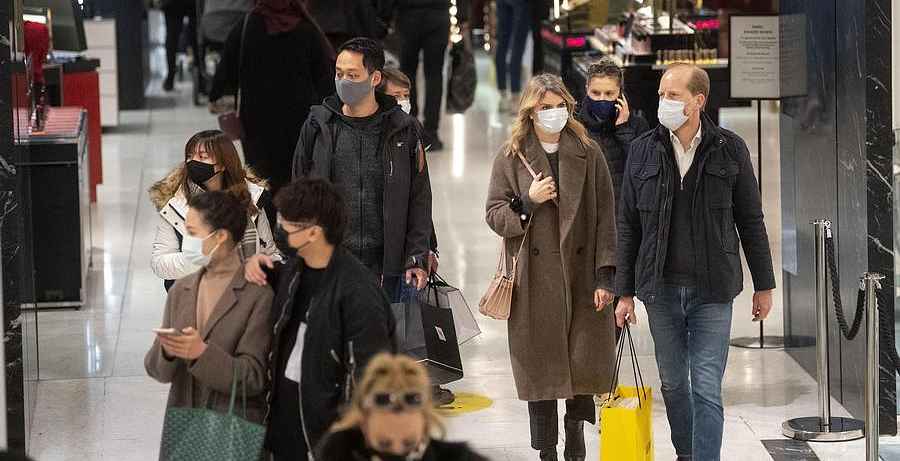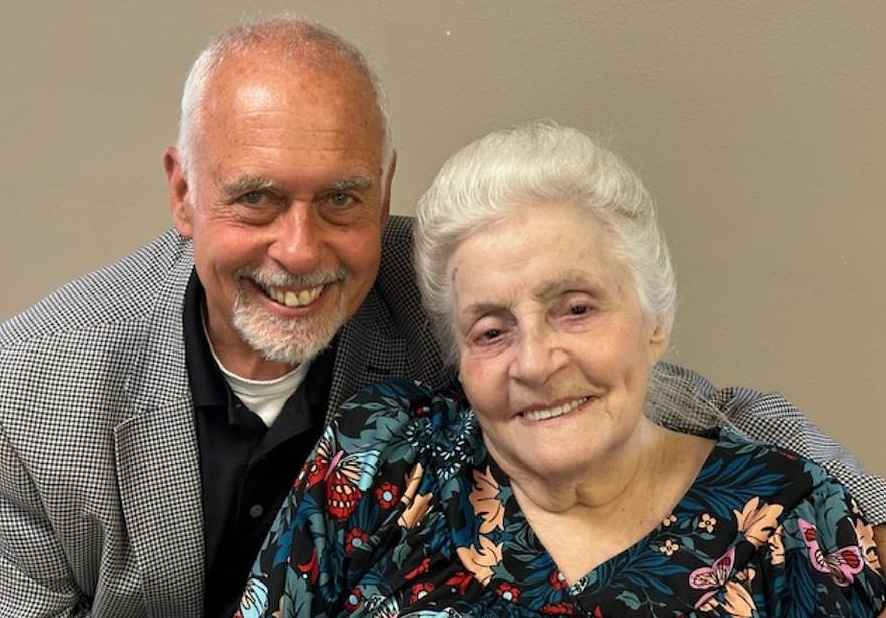

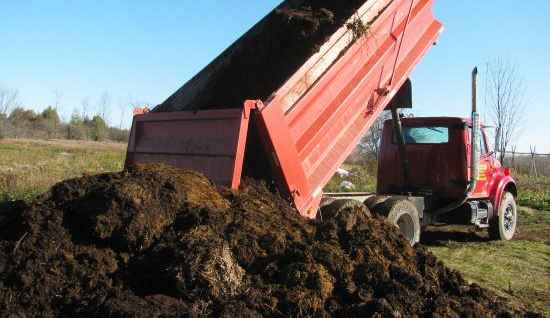

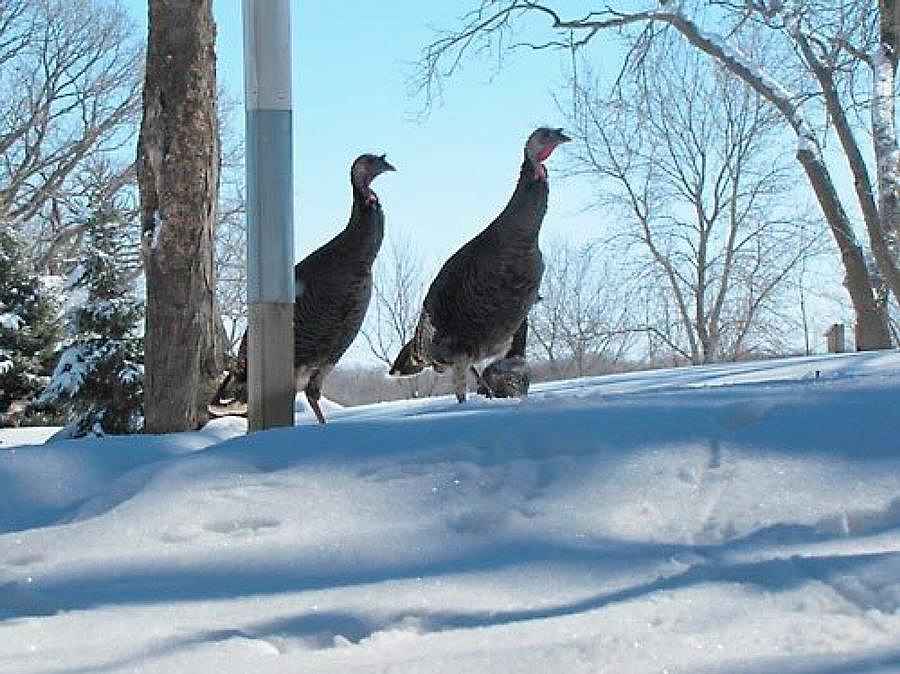
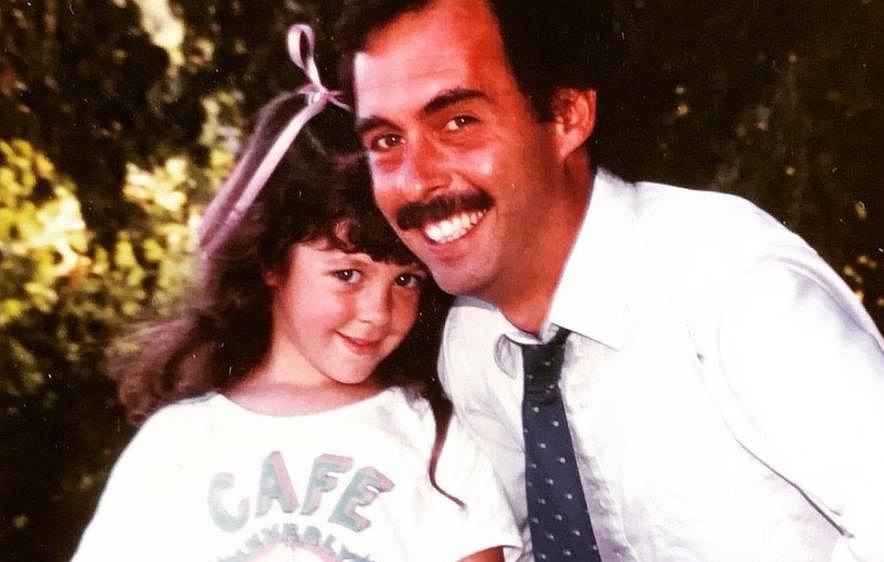

See listing of Recent and Most Popular articles on the Home Page
Health & Wellness
Category: Health & Wellness / Topics: Coping • COVID-19 • Current Events, News • Disease • News • Trends
COVID Will Become Endemic
Posted: January 7, 2022
The world must decide what that means…
Editor's Note: In my monthy reports, "COVID Perspectives," I began talking about the increasing number of experts and observors saying that COVID-19 is moving from a global pandemic to an endemic, something that may drop in severity but be with us for a very long time. The first of those articles, an excerpt of which I posted in November, was "America Has Lost the Plot on COVID" by Sarah Zhnag writing in The Atlantic. Following is an excerpt of a piece that reinforces that theme, by Maryn McKenna, writing for Wired on December 31, 2021. A link to the full article will be found at the bottom of the page.
A month ago, it felt like we could see the future. Boosters were rolling out. School-age kids were getting their second shots in time to see grandparents over winter break. Life in the United States was sliding toward something that looked like it might be normal—not pre-pandemic normal, of course, but maybe a post-pandemic glimpse.
And then came the Omicron variant, squashing hopes for the holidays as completely as Delta chilled hot vax summer in July. Weeks later, we’re still not sure exactly what it portends. It’s vastly more transmissible. It may or may not be more virulent. It is tearing through countries and spreading through friend groups and sending universities back online for the spring semester.
This is not the year-end we wanted, but it’s the year-end we’ve got. Inside it, like a gift basket accidentally left under the tree too long, lurks a rancid truth: The vaccines, which looked like the salvation of 2021, worked but weren’t enough to rescue us. If we’re going to save 2022, we’ll also have to embrace masking, testing, and maybe staying home sometimes, what epidemiologists broadly call nonpharmaceutical interventions, or NPIs.
Acknowledging that complexity will let us practice for the day Covid settles into a circulating, endemic virus. That day hasn’t arrived yet; enough people remain vulnerable that we have to prepare for variants and surges. But at some point, we’ll achieve a balance that represents how much work we’re willing to do to control Covid, and how much illness and death we’ll tolerate to stay there.
“The key question—which the world hasn’t had to deal with at this scale in living memory—is how do we move on, rationally and emotionally, from a state of acute [emergency] to a state of transition to endemicity?” says Jeremy Farrar, an infectious disease physician who is director of the global health philanthropy the Wellcome Trust. “That transition period is going to be very bumpy, and will look very, very different around the world.”
To start, let’s be clear about what endemicity is, and isn’t. Endemicity doesn’t mean that there will be no more infections, let alone illnesses and deaths. It also doesn’t mean that future infections will cause milder illness than they do now. Simply put, it indicates that immunity and infections will have reached a steady state. Not enough people will be immune to deny the virus a host. Not enough people will be vulnerable to spark widespread outbreaks.
Colds are endemic—and since some types of colds are caused by other coronaviruses, there’s been speculation this coronavirus might eventually moderate too. (The coronavirus OC43, introduced to humans in the late 1800s, took a century to do that.) But flu is also endemic, and in the years before we all started masking, it killed anywhere from 20,000 to 50,000 Americans each year. Endemicity, in other words, isn’t a promise of safety. Instead, as epidemiologist Ellie Murray has argued, it’s a guarantee of having to be on guard all the time.
Endemicity may always have been the best we could hope for. We can’t eradicate SARS-CoV-2, the virus behind Covid, because it has other hiding places in the world: not only the bat species that it likely leapt from, but more than a dozen other animal species in which it has found safe harbor. Only two diseases have ever been eradicated: smallpox and rinderpest. (Not polio, yet, despite decades of trying.) The successful efforts relied on each of those diseases having only a single host, humans for smallpox and cattle for rinderpest. As long as another host for Covid exists, there is no hope of being safe from it forever. As Jonathan Yewdell, a physician and immunologist at the National Institute of Allergy and Infectious Diseases, bluntly wrote last spring: “Covid-19 herd immunity is a pipe dream.”
To be clear, this isn’t because the vaccines are failures. They do the things they were designed to do—protect against serious illness, hospitalization, and death—and taken as a three-dose series, they reduce the duration of infection. But almost 40 million people remain unvaccinated in the US; globally, only 58 percent of the world’s population has been able to receive even a single shot. Collectively, those billions offer the virus incalculable opportunities to endlessly test its evolutionary strategies for survival. (Granted, viruses don’t actually strategize in any conscious way. But after two years of this, it’s difficult not to anthropomorphize.)
As the pandemic has ground on, we’ve told ourselves different stories about why we do all the things we do to reduce transmission: to protect the elderly and immunocompromised, to prevent hospitals from being crushed, to keep kids safe before child-sized vaccines were tested. We might now have to confront the reality that we need to keep doing all these things just to live in a world that continues to have Covid in it, because vaccination by itself has not made the virus go away. This forces us to learn yet another story about the virus: that while we may individually be protected from the worst outcomes, a transmissible new variant creates a fresh societal risk.
[Read more about those efforts in the full version of the article, linked below.]
“The big question for me is, will we see substantially increased resources for preparedness?” asks Thomas Frieden, a physician and president and CEO of the nonprofit Resolve to Save Lives, and former director of the US Centers for Disease Control and Prevention. “This is the now-or-never moment for that to happen. What’s in the balance in 2022 is whether the world can break the cycle of panic and neglect.”
If we resolve to do this better in the next round, we nevertheless are left with how we play out this one. “If we keep going as we are doing, it will be protracted and painful and prolonged,” Farrar says. “We need to commit to making sure everybody in the world has access to their two doses of vaccines by the end of March 2022. A level playing field isn't just sort of a nice thing to do. It's the only way to reduce the chance of other new variants coming.”
Read the full article on Wired.
See the growing list of articles related to the COVID-19 Pandemic that have been posted on SeniorLifestyle.
Search all articles by Maryn McKenna
Posted: January 7, 2022 Accessed 395 times
![]() Go to the list of most recent Health & Wellness Articles
Go to the list of most recent Health & Wellness Articles
![]() Search Health & Wellness (You can expand the search to the entire site)
Search Health & Wellness (You can expand the search to the entire site)
![]() Go to the list of Most Recent and Most Popular Articles across the site (Home Page)
Go to the list of Most Recent and Most Popular Articles across the site (Home Page)
 Loading requested view...
Loading requested view...